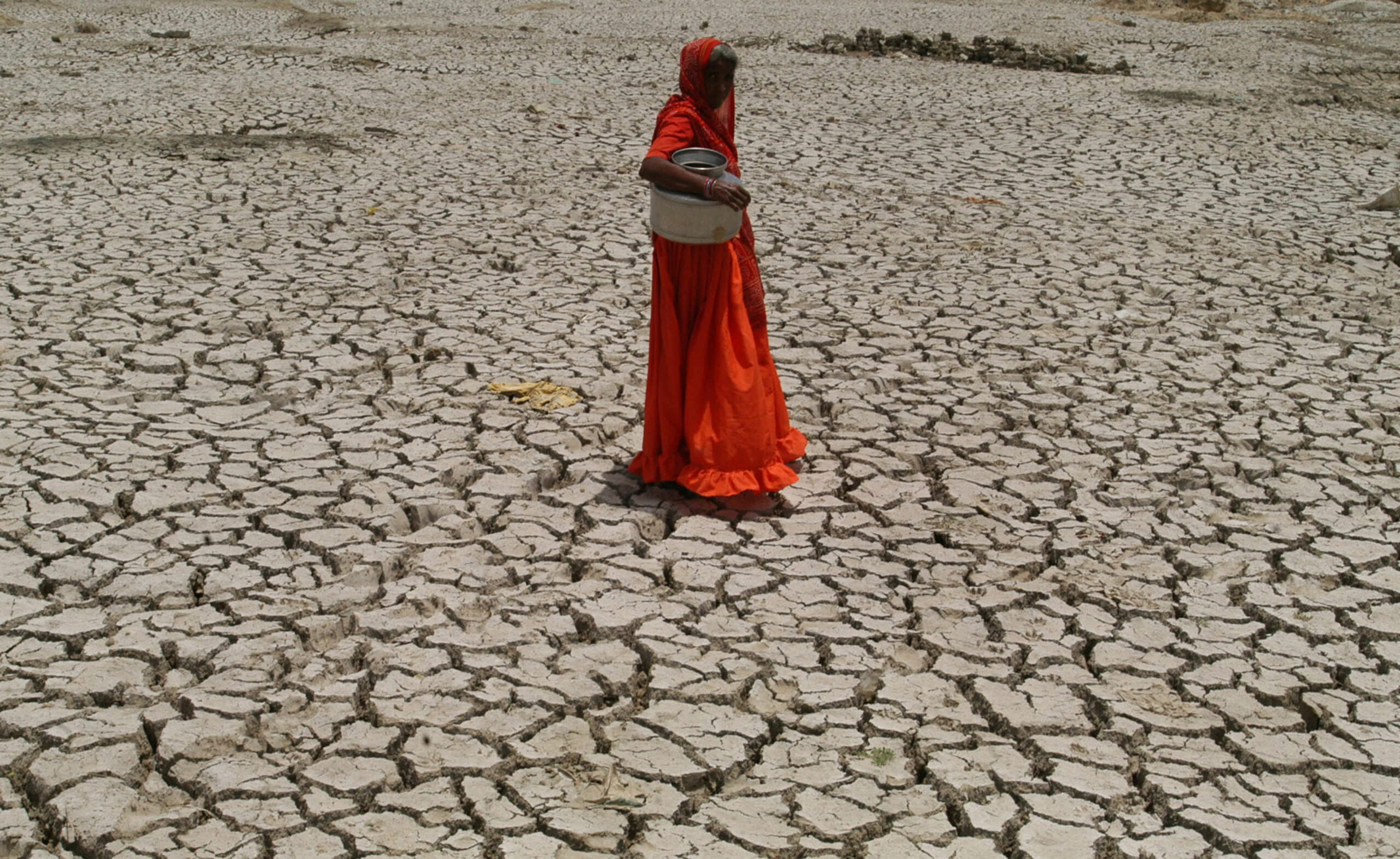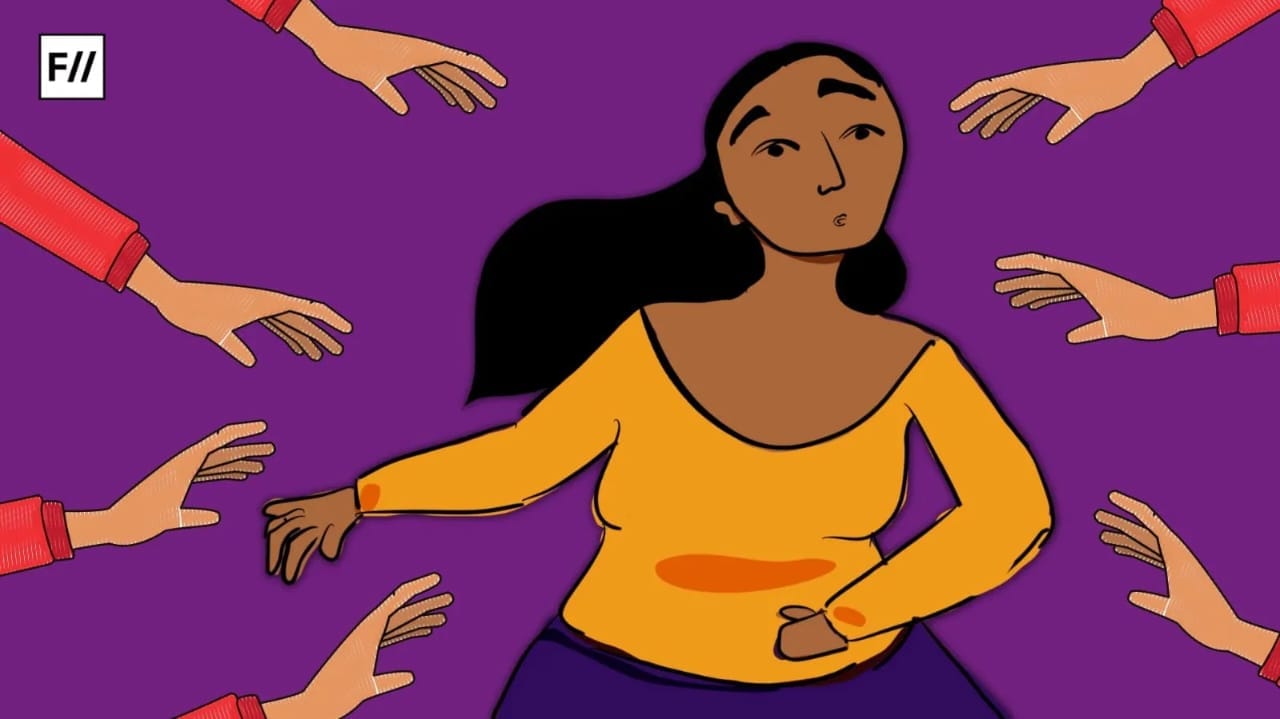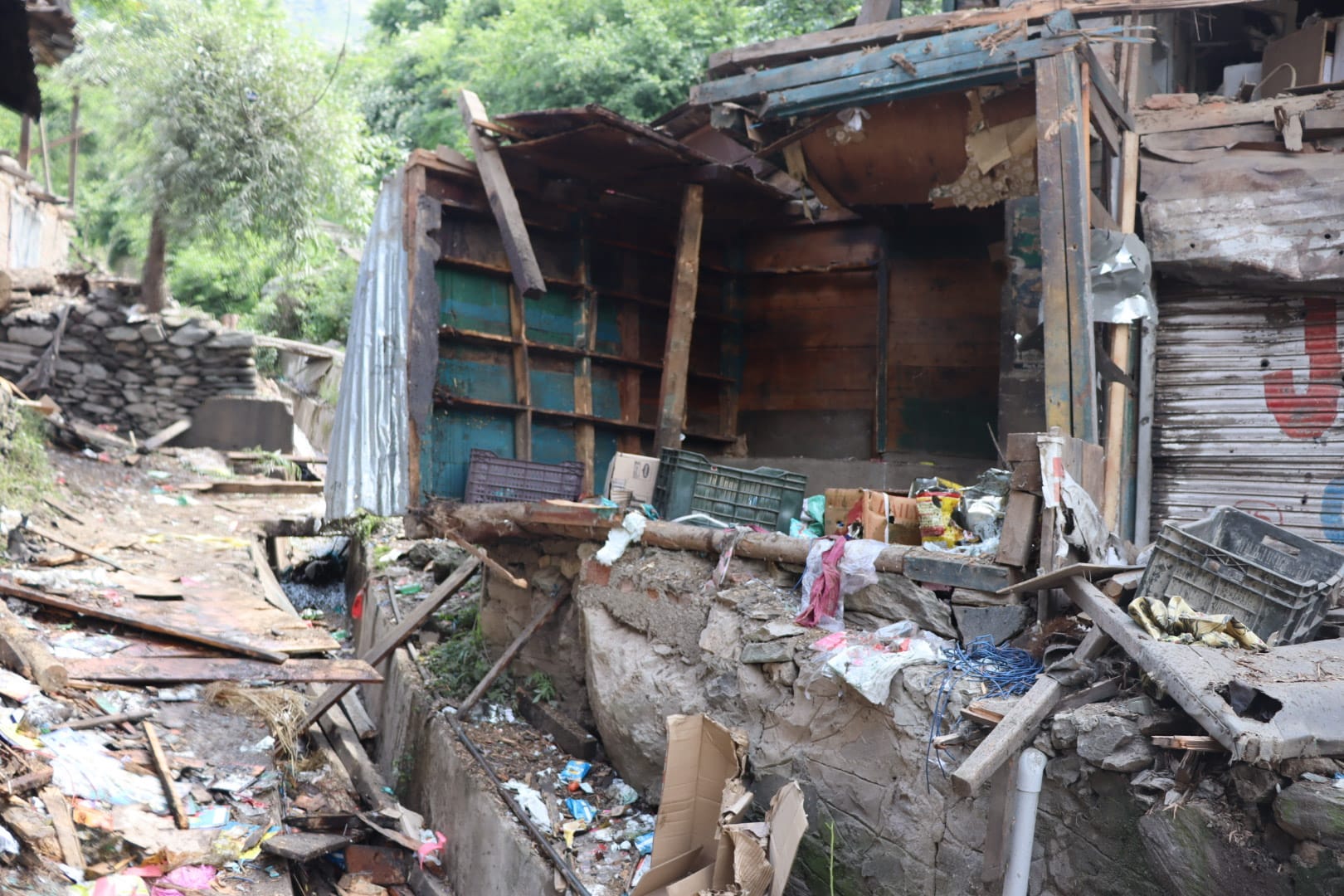As the Earth’s temperature continues to rise, the impacts of extreme heat are far from gender-neutral. Women, transgender individuals, and other gender minorities bear a disproportionate brunt of this intensifying crisis, facing heightened risks to their health, livelihoods, and safety. In India, the intersection of gender inequalities and climate change is particularly stark, exacerbating existing vulnerabilities and threatening to reverse decades of hard-won progress.
The staggering projections for heat-related deaths among women in India by 2050 serve as a sobering wake-up call. With an estimated 73,500 annual fatalities, and a staggering potential of 131,000 deaths during exceptionally hot years, the toll on women’s lives is nothing short of catastrophic. These figures are not mere statistics; they represent individuals and sometimes sole bread earners.
The reasons behind women’s heightened susceptibility to extreme heat are multifaceted, rooted in both physiological differences and deeply entrenched sociocultural norms. From a biological standpoint, women’s generally smaller body mass and lower sweat rates compared to men render them more prone to heat-related illnesses and dehydration. Additionally, the burdens of pregnancy and menstruation can further exacerbate these vulnerabilities, placing pregnant persons and menstruators at even greater risk.
However, the challenges extend far beyond the realm of physiology. Limited access to healthcare, inadequate nutrition, and the disproportionate burden of unpaid domestic labour all contribute to the compounded risks faced by women. In rural areas and among marginalised communities, these barriers are often amplified, leaving women with fewer resources to cope with the escalating impacts of heat stress.
The discomfort index and the rise of gender-based violence
The level of discomfort a person feels due to the combined effects of heat and humidity is known as the ‘discomfort index.’ As global temperatures rise, coastal regions across the global south, including India, are experiencing record-breaking heatwaves and a significant increase in this index.
In February 2023, India experienced its hottest February since 1901, while July 2023 broke records as the hottest July on Earth. These extreme conditions have pushed the discomfort index to alarming levels.
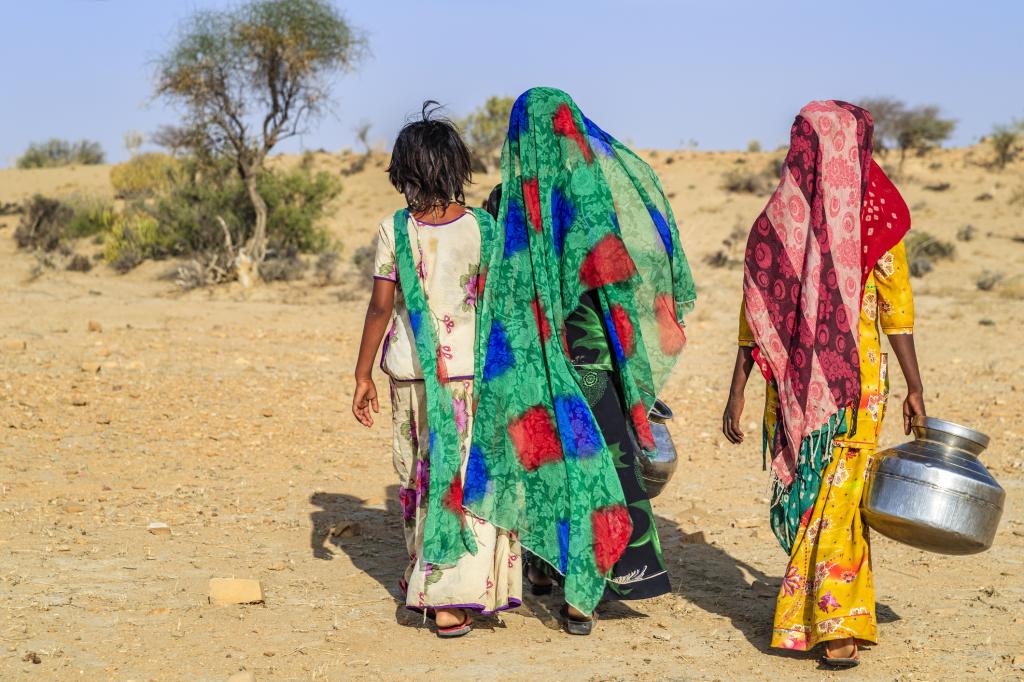
This index is a measure of heat-driven stress and anxiety, reflecting the emotional and physiological responses to varying levels of heat and humidity. With land temperatures rising, more water evaporates from oceans, leading to higher humidity levels in coastal areas. This imbalance between land and sea temperatures creates an oppressive combination of heat and humidity, resulting in soaring discomfort index readings.
Prolonged exposure to such conditions can lead to a range of health hazards, from minor issues like headaches, irritability, and anxiety to more severe problems like acute dehydration, climate disparity, and even violence. A South Asia-based study published in the journal JAMA Psychiatry looked at an alarming pattern across three countries, India, Pakistan, and Nepal between 2018-18, wherein it was found that an increase in temperatures has led to a substantial rise in domestic violence against women.
The research established a significant association between high heat index born out of various extreme climatic conditions like high temperature, rising humidity levels, and high levels of hygroscopic pressure, factors that also directly link to discomfort index, and the frequency and prevalence of gender-based violence, majorly intimate partner violence (IPV). With every one-degree Celsius rise in annual mean temperature and rise in real-time real-feel temperatures in regions, an increase of more than 6.3 per cent in incidents of physical and sexual domestic violence was noted across the three countries.
According to the study, India is projected to witness the highest IPV prevalence in the 2090s among the three countries with 23.5 per cent when compared to Nepal (14.8 per cent) and Pakistan (5.9 per cent). If emissions are not controlled, IPV prevalence caused by erratic heat levels could increase by as much as 21 per cent by the end of this century in India.
Mewat’s double whammy of heat and anaemia
The rural district of Mewat in Haryana offers a sobering glimpse into the intersection of extreme heat, gender inequality, and socioeconomic vulnerabilities. According to the National Family Health Survey 5 (2019-21), a staggering 68.6 per cent of women aged 15-49 and 79.9 per cent of pregnant women in the same age group are anaemic in Mewat. This nutritional deficiency, coupled with the intense physical labour required in agriculture under scorching temperatures, has led to severe health consequences, including life-threatening cases of heatstroke and severe anaemia requiring hospitalisation.

Miskena, a 35-year-old mother of four from Mewat, exemplifies this struggle. With a haemoglobin level of 8.5 grams per deciliter (below the normal range of 12-16 g/dL), she breastfeeds her nine-month-old son while toiling in the fields for seven to eight hours daily under the relentless heat. ‘It’s hard. I’m constantly exhausted and get these tingling sensations all over my body,’ she laments, highlighting the toll of this dual burden.
Tragically, her story is not unique, as countless other women like Satram, 22, have faced similar ordeals, narrowly escaping death due to their anaemic conditions exacerbated by the relentless heat.
According to Dr Anita Shankar, a leading gynaecologist in the region, ‘The combination of extreme heat, physical labour, and anaemia creates a perfect storm of health risks for these women. We’ve seen a sharp rise in cases of heat exhaustion, dehydration, and even organ failures among anaemic women in Mewat during heatwaves.’
The impacts of this crisis extend beyond physical health. Suniti Gargi, an activist and former employee of Uttar Pradesh’s Commission for Women, highlights the economic stress caused by heat waves. ‘If a man can migrate to another state to get work, it can help keep the home fires burning, but when he cannot, for whatever reason, his wife is often at the receiving end of his anger and feelings of uselessness,’ she explains, underscoring the link between economic hardship and domestic violence.
The invisible struggles of the Hijra community
Within the intricate tapestry of gender identities in India, the Hijra community – a historic and culturally recognised third gender – faces unique and often overlooked challenges in the face of climate crises like extreme heat. Historically ostracised and relegated to the fringes of society, many Hijras struggle with poverty, lack of access to basic services, and discrimination, rendering them acutely vulnerable to the impacts of rising temperatures.
The precarious living conditions of many Hijras, often in overcrowded and poorly ventilated spaces without access to reliable cooling systems, create a perfect storm of risk during heat waves. The stigma and marginalisation they endure can also impede their ability to seek medical attention or access support services, further exacerbating the health consequences of heat exposure.
The Civilian Welfare Foundation (CWF), an NGO based in the east Indian city of Kolkata, is studying the medical problems faced by transgender people in urban areas and the healthcare they receive. CWF’s study found that clinics in Kolkata asked transgender patients to visit early in the morning or late at night when they were less likely to come into contact with other patients.
Moreover, the Hijra community’s reliance on traditional occupations such as begging and performing at public events heightens their vulnerability during extreme heat conditions. With limited opportunities for alternative livelihoods, many Hijras are forced to brave the scorching temperatures, putting their health and safety at risk to secure their daily sustenance. A large percentage of Hijras in India rely on begging or ritualistic performances as their primary source of income.
The unequal burden of heat
As India grapples with the escalating crisis of extreme heat, it is imperative to recognise and address the multifaceted challenges faced by women, transgender individuals, and other gender minorities. Failing to do so not only undermines their fundamental rights and dignity but also jeopardises the nation’s collective resilience and ability to adapt to the rapidly changing climate.
As India strives to tackle this formidable challenge, it is crucial to recognise that the battle against extreme heat is not merely a matter of survival but a fight for justice, equality, and the preservation of human dignity for all, regardless of gender identity or expression.
Addressing this intersection of vulnerabilities requires a multidimensional approach that integrates gender-sensitive policies, inclusive healthcare access, targeted support for marginalised communities, and robust measures to combat gender-based violence. Promoting gender equality, enhancing access to education and economic opportunities, and fostering greater social inclusion are critical steps towards building a more equitable and resilient society.
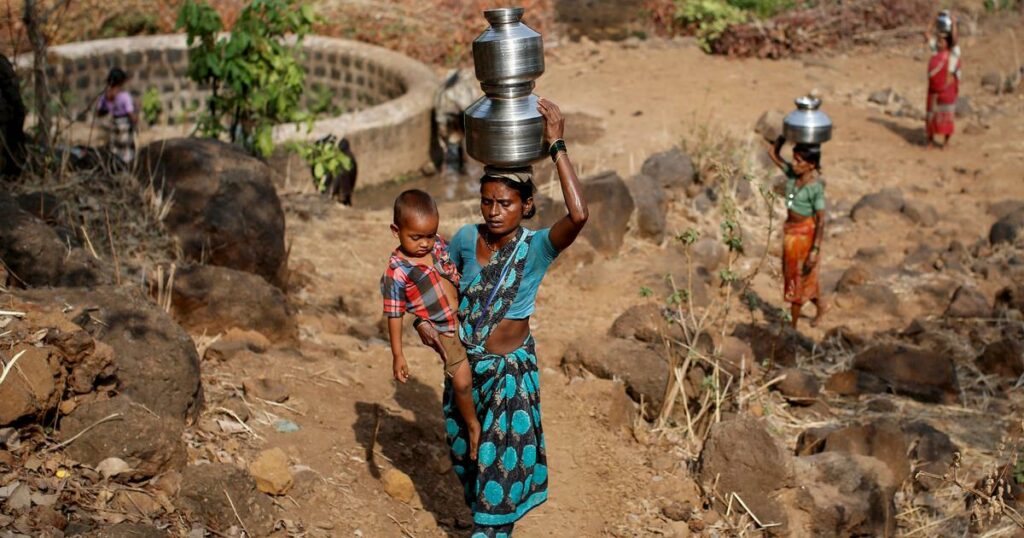
Additionally, amplifying the voices and leadership of women, transgender individuals, and other gender minorities in climate change adaptation and mitigation efforts is essential. Their lived experiences and unique perspectives can inform more effective and inclusive solutions, ensuring that no one is left behind in the fight against the escalating impacts of extreme heat and climate change.
As India strives to tackle this formidable challenge, it is crucial to recognise that the battle against extreme heat is not merely a matter of survival but a fight for justice, equality, and the preservation of human dignity for all, regardless of gender identity or expression.
About the author(s)
Fat, neuro-diverse, and queer are the foremost words Sahil uses to describe themselves. A full-time undergraduate student of Economics at the University of Delhi, Sahil is a Laadli Media awardee of 2023. They are also a recipient of the Reliance Undergraduate Scholar for 2023 and various prestigious fellowships including Global Citizen Year Academy '22 and Civics Unplugged (Civics Innovator Fellowship ’22). Sahil regularly writes for Thred Media, and also for Youth Ki Awaaz as an alumnus of the Justice-Makers WTP ’22.
Sahil is part of UNICEF India's YuWaah Young People's Action Team (YPAT) 2023 and the YLAC Ambassador for Delhi.
